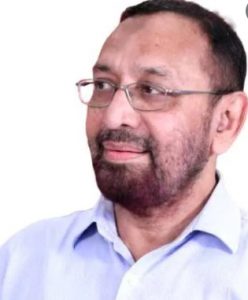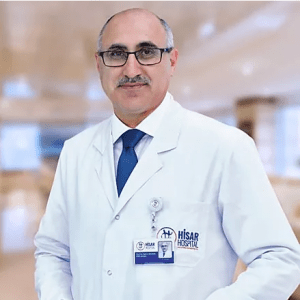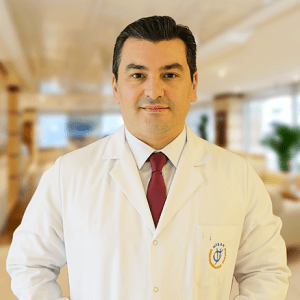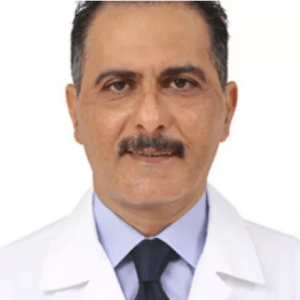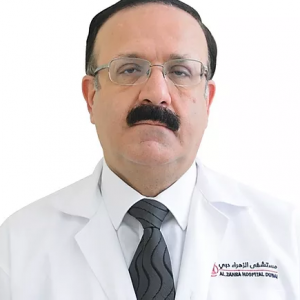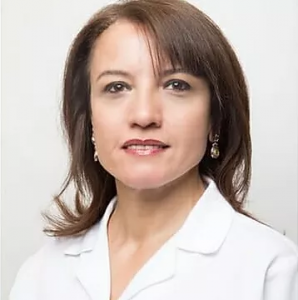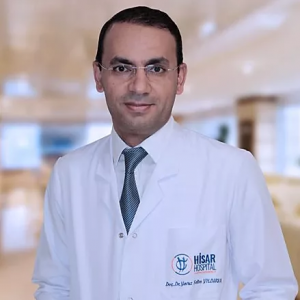Arytenoidectomy
Arytenoidectomy is a permanent and irreversible surgical procedure whereby the laryngeal inlet is widened in its transverse axis, providing a larger airway for respiration. Arytenoidectomy is performed … Read More
Top Doctors For Arytenoidectomy Treatments
Top Hospitals For Arytenoidectomy Treatments
Arytenoidectomy
Arytenoidectomy is a permanent and irreversible surgical procedure whereby the laryngeal inlet is widened in its transverse axis, providing a larger airway for respiration. Arytenoidectomy is performed in cases of bilateral vocal fold immobility caused by either paralysis of the vocal cords or their fixation.
Static enlargement of the glottis is the final and permanent surgical solution for bilateral vocal fold immobility for any cause. It may be broadly divided into a conservative procedure (transverse cordotomy and medial arytenoidectomy) and a radical procedure (total arytenoidectomy).
Symptoms
• A breathy quality to the voice.
• Hoarseness.
• Noisy breathing.
• Loss of vocal pitch.
• Choking or coughing while swallowing food, drink or saliva.
• The need to take frequent breaths while speaking.
• Inability to speak loudly.
• Loss of your gag reflex.
Causes
Bilateral vocal fold immobility may be caused by bilateral neurogenic palsy, fixation of the cricoarythenoid joint, laryngeal synechiae, or posterior glottic stenosis2. The differential diagnosis is based on the medical history, fibronasopharyngolaryngoscope findings, and laryngeal electromyography.
FAQ
What is bilateral vocal fold immobility (BVFI)?
Vocal folds are the cords in the throat that vibrate to produce voice. In case if both the folds lose their ability to move, the patient suffers difficulty in breathing because the two vocal folds come together and make the airway in throat too narrow to breathe.
What causes BVFI?
BVFI can be caused due to nerve degeneration, injury or paralysis, especially of the vagus nerve that supplies the vocal cords. Another cause of BVFI is a fixation of the cords due to gout (inflammation in joints of the bones in throat e.g. cricoarytenoid joint) or infections like tuberculosis, syphilis.
How does arytenoidectomy help in BVFI?
In arytenoidectomy, the vocal folds are cut or narrowed and the arytenoid (a cartilage that forms a part of the throat) is cut in order to ensure that the width of the airway in the throat is widened, sufficient for normal breathing.
What is the difference between total and partial arytenoidectomy?
The difference between partial and total arytenoidectomy is the extent of the cartilage arytenoid that is removed to enlarge the airway. Partial arytenoidectomy extracts 2-3 millimetres of the cartilage and is done more frequently whereas total arytenoidectomy removes the entire body of arytenoid and is only done in follow up cases.
What is the duration of Arytenoidectomy?
A partial arytenoidectomy takes about 1 hour to perform and a total arytenoidectomy takes 50 minutes to perform.
What is the success rate of arytenoidectomy?
Arytenoidectomy is a safe, complete and terminal treatment of BVFI for ensuring proper breathing.




